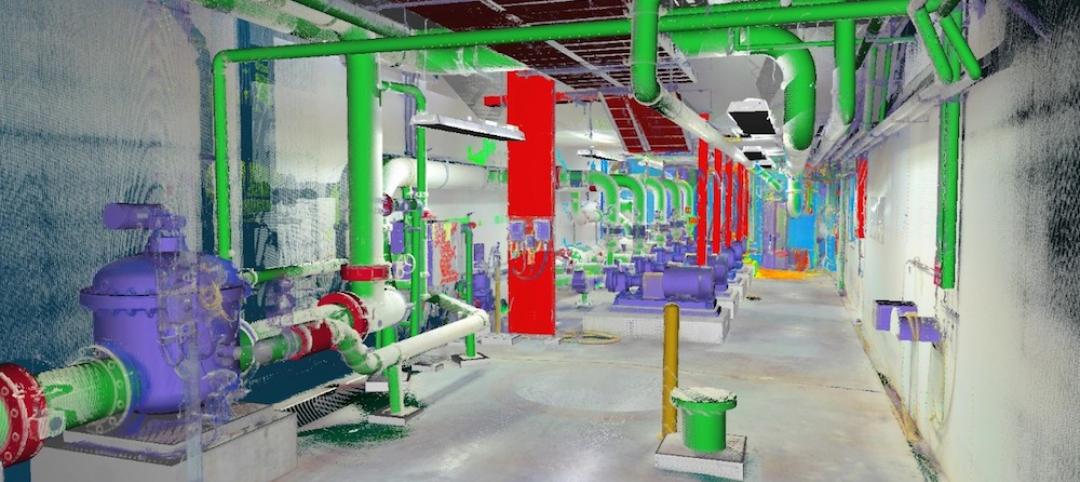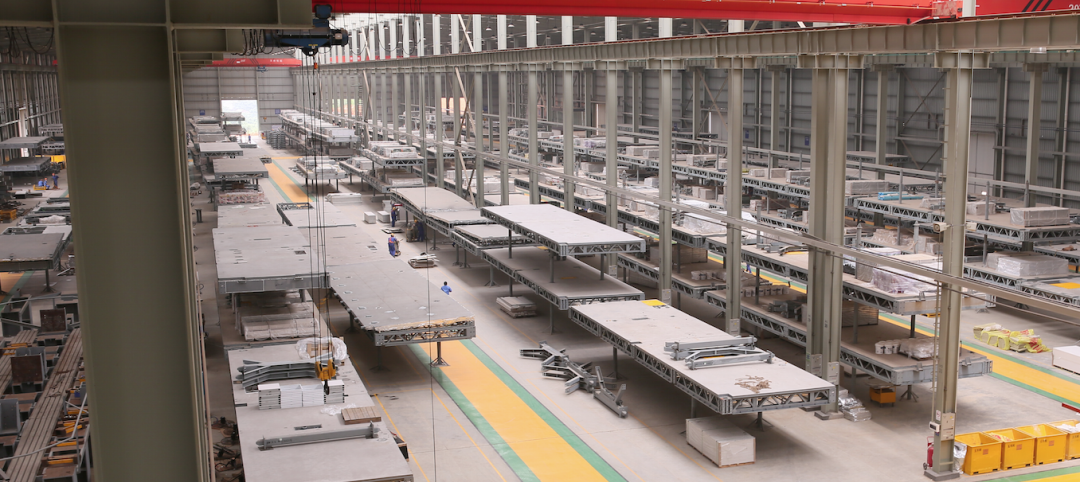Buildings have become data-rich environments, thanks to the proliferation of lower-cost sensing devices with greater computational power and data storage capacity.
As buildings get “smarter,” property owners and managers are looking for ways to organize data sets that derive from myriad formats, naming conventions, and syntaxes within buildings. Consequently, the global market for data integration technologies for buildings is expanding rapidly.
A new report by Navigant Research, “Data Integration for Intelligent Buildings,” estimates that revenue from the sale of these technologies will increase to $971.3 million in 2025, from $89.9 million in 2016.
Data integration still poses challenges, particularly in the area of analysis. The report points specifically to energy management systems in buildings that would be far more efficient if their data could be incorporated with data emanating from a building’s lighting systems, access controls, and demand response systems.
“For years, data-integrated buildings have shown promise in reducing energy and operational costs, especially as regulatory energy efficiency pressures and corporate sustainability strategies increase customer demand for data-driven solutions,” says Alvin Chen, Navigant’s research analyst. “The analytics software to effectively provide actionable insights is still being developed to deliver on this promise.”
The new report focuses on market demand in three areas: software, services, and hardware. It provides insights into the future of fully integrated energy management systems. And it provides forecasts for global market demand segmented by region (North America, Europe, Asia Pacific, and the rest of the world), offering type, and customer type (office, retail, education, healthcare, hotels and restaurants, institutional and assembly, warehouse, and transport), through 2025.
Some key questions the report addresses include:
• What are the challenges to developing expert systems for building integration?
• Which companies are pushing this market forward, and why?
• Which regions show the strongest investments for fully integrated energy management systems?
• How will the interoperability of these systems be further developed?
• Which customer types are likely to adopt data integration technologies the quickest?
The 44-page report identifies and takes a closer look at the marketing strategies of key industry players that include the usual suspects like Cisco Systems, Honeywell and Tridium, Johnson Controls, Intel, and Schneider Electric, along with other suppliers such as Candi Controls, SkyFoundry, Lucid, and Siemens Building Technologies.
Related Stories
AEC Tech | Mar 17, 2016
Managing risks with laser scanning gives AEC firms an edge
The more that clients demand the service, the easier it is to justify the cost of laser scanning equipment and software.
AEC Tech | Mar 15, 2016
Two to tango: Project Tango isn’t just for entertainment, it also has a wide range of possibilities relating to the professional world
Making things like augmented reality, precise measurements of indoor spaces, and indoor wayfinding possible, Google’s Project Tango has all the makings to become a useful and ubiquitous tool in the AEC market.
AEC Tech | Mar 10, 2016
Is the Internet of Things the key to smarter buildings and cities?
Experts say yes. But what’s needed is a point person who makes sure that sensing devices can “talk” to each other.
Multifamily Housing | Mar 10, 2016
Access and energy control app clicks with student housing developers and managers
Ease of installation is one of StratIS’s selling features.
AEC Tech | Mar 8, 2016
WiredScore offers developers competitive advantage in marketing
Designates best-in-class Internet connectivity.
Game Changers | Feb 5, 2016
London’s ’shadowless’ towers
Using advanced design computation, a design team demonstrates how to ‘erase’ a building’s shadows.
Game Changers | Feb 5, 2016
Asia’s modular miracle
A prefab construction company in China built a 57-story tower in 19 days. Here’s how they did it.
Game Changers | Feb 5, 2016
Tesla: Battery storage is not just about electric vehicles
With his $5 billion, 13.6 million-sf Gigafactory, Tesla’s Elon Musk seeks to change the economics of battery energy storage, forever.
BIM and Information Technology | Jan 27, 2016
Seeing double: Dassault Systèmes creating Virtual Singapore that mirrors the real world
The virtual city will be used to help predict the outcomes of and possible issues with various scenarios.
3D Printing | Jan 25, 2016
Architecture students create new method for 3D printing concrete
The team's Fossilized project allows for structures that are more varied and volumetric than other forms so far achieved.














